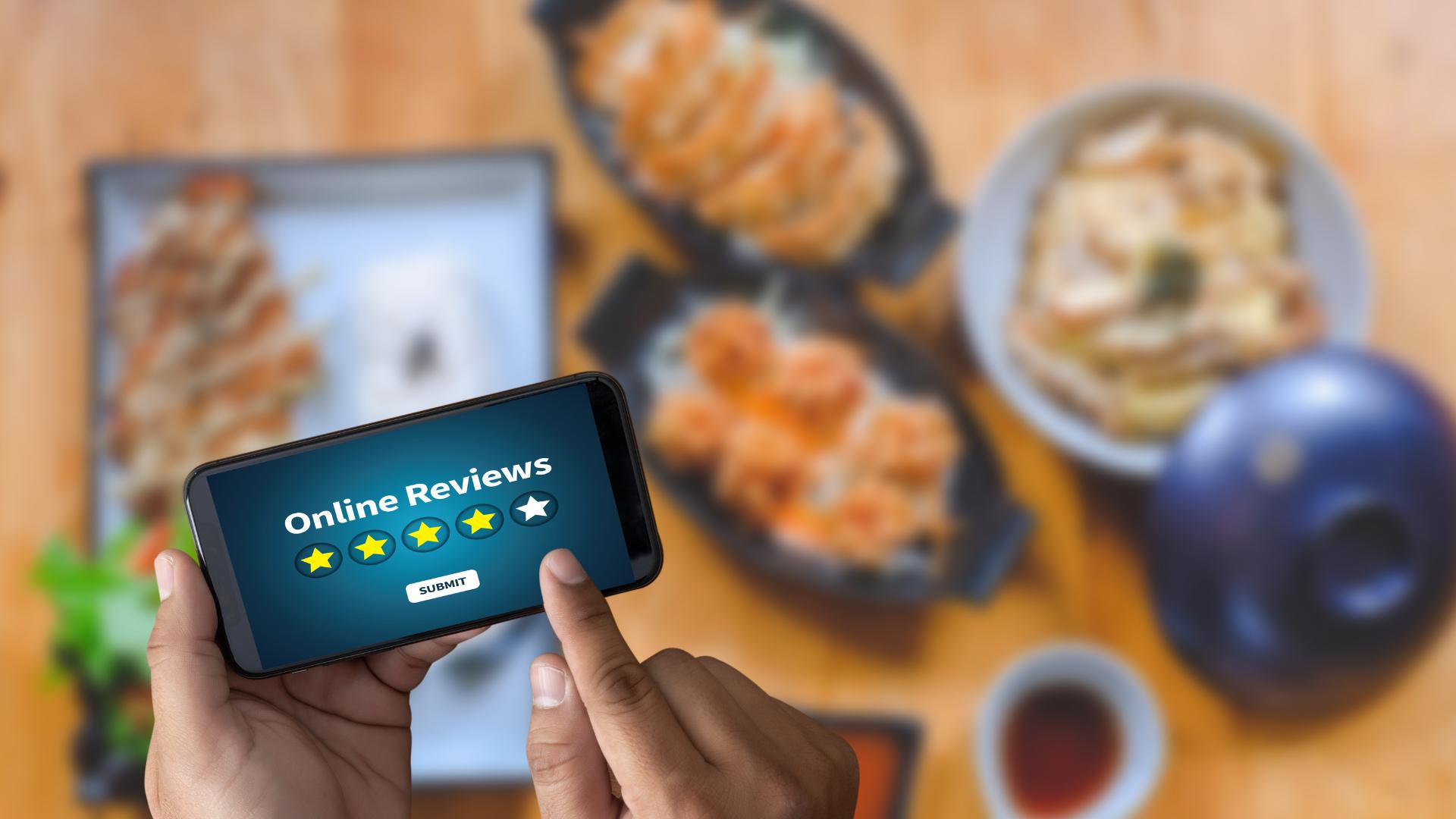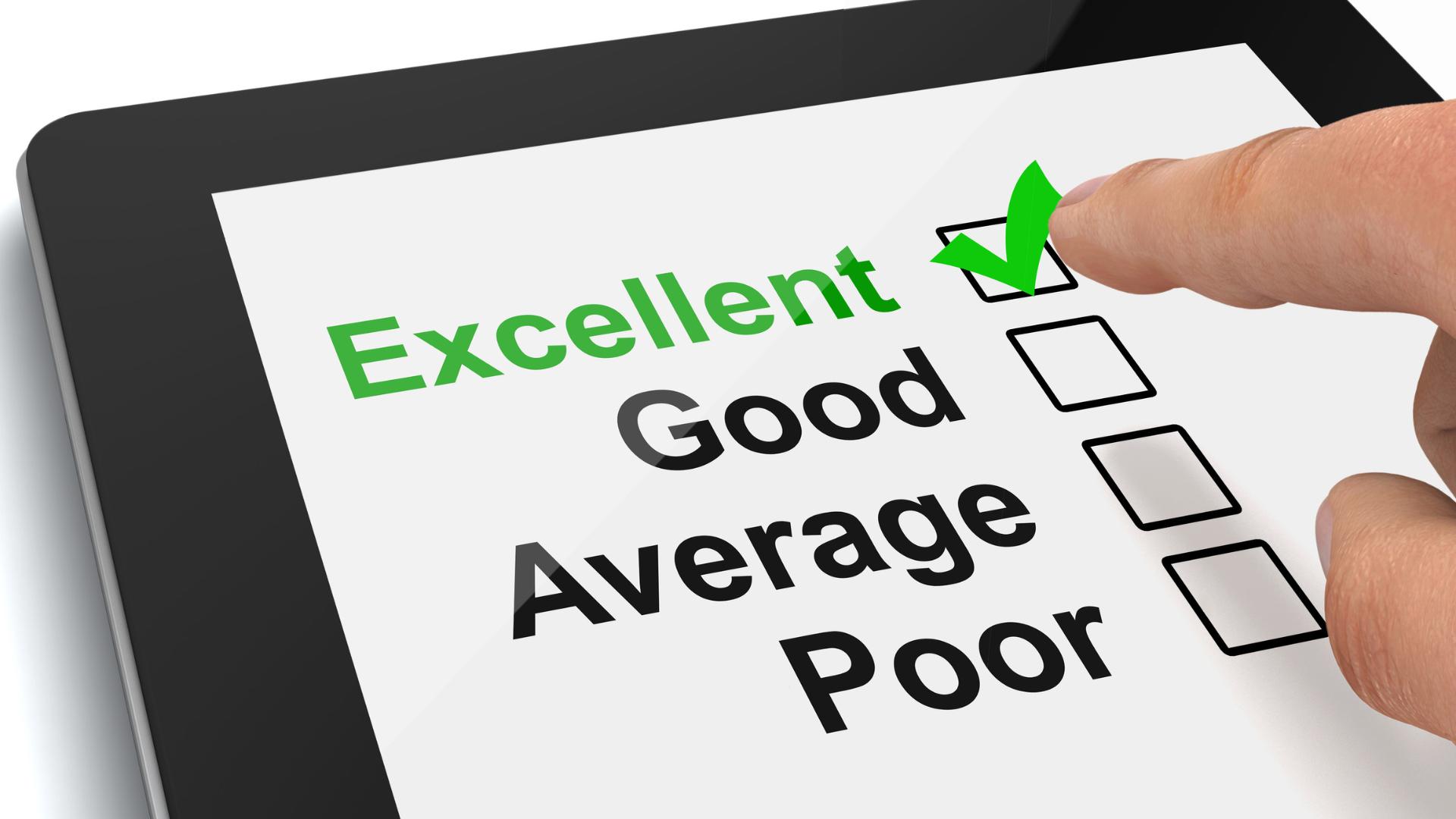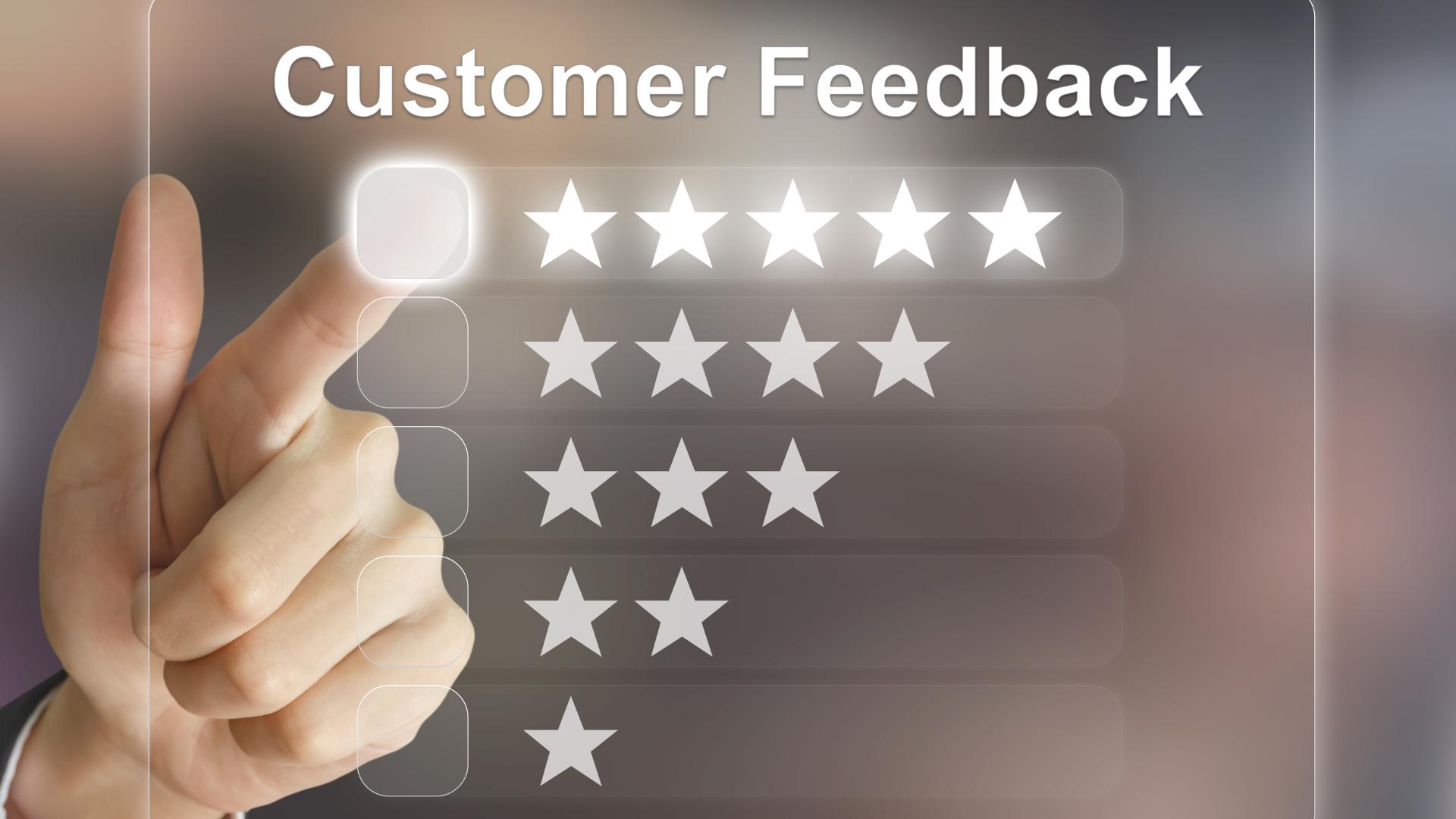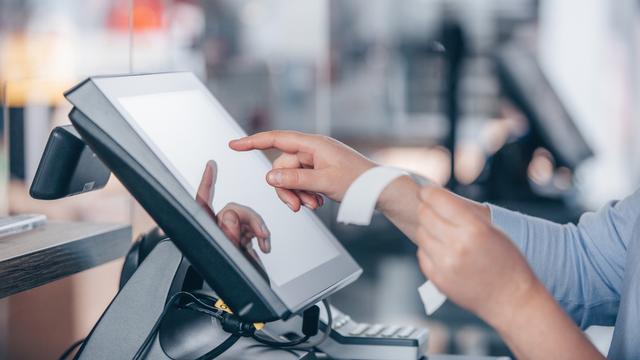When used properly, a restaurant’s customer feedback can serve as the backbone of a successful marketing strategy. However, not all businesses are proficient at implementing feedback effectively, and even if problems have been identified and solved, the solutions can go unnoticed by customers. This can harm a restaurant immensely because the business comes off as unattentive to its customer’s needs. In this article, I’ll tell you about the following:
- The importance of implementing customer feedback in a restaurant’s marketing efforts
- Methods you can use to gather customer feedback for your business
- The best practices to analyze and respond to customer feedback
- How you can implement this data into your restaurant’s marketing strategy
When you finish reading this article, you’ll be able to reinvent your marketing strategies to include your valuable customer feedback data. Let’s dig right in!
Importance and Benefits of Using Customer Feedback in Restaurant Marketing

When marketing a restaurant, you must put yourself in the customer’s position, and analyze whether your business is satisfying your customer’s needs. That’s a difficult task if you don’t have any data to rely on while making changes to your restaurant. That’s why direct customer feedback is vital to understanding your clients and the thought process behind their opinions, and most importantly, how you can improve them. Customer feedback allows you to make changes where needed to improve the overall experience offered by your restaurant. This, in turn, will have a deep effect on your restaurant’s reputation, customer satisfaction, loyalty, and ultimately, your business’s profits. But, an important question restauranteurs forget to ask, is how this can alter their business’s marketing strategies. As I mentioned before, customer feedback allows you to improve your restaurant, but that’s not where it ends – your marketing strategy must reflect how you have altered and improved the restaurant’s experience by using customer feedback. Why? There are numerous reasons, the most important ones being the following:
- It demonstrates the restaurant's commitment to providing excellent customer service and satisfaction
- Potential customers can see that the restaurant values their opinions and is dedicated to continuously improving
- This can help build trust and credibility with customers, leading to increased loyalty and repeat business
- It can differentiate the restaurant from competitors and attract new customers who prioritize excellent service and quality
All of these reasons lead to improved customer acquisition, community building, loyalty, and, ultimately, profits.
How to Gather Customer Feedback
There are several methods you can use to gather customer feedback. And that also goes without mentioning other things you can do with it aside from using it for marketing purposes – check out our article on how to improve customer service using surveys for more ideas. Here are three of the most effective methods you can use to gather customer feedback.
1. Social Media

These are excellent, free tools you can use to interact with current and potential customers alike. Some social media platforms like Facebook, Instagram, WhatsApp, Twitter, and TikTok give you the ability to use polls in your content to interact with your customers. That way, you can gather information about your customer’s preferences easily. Facebook is also a versatile tool that allows your customers to post reviews about your business. Here are a few steps you can use to gather customer feedback on social media:
- Encourage feedback: Encourage customers to leave feedback on social media by including a call-to-action on your profiles or in your posts. You can also ask clients directly at your restaurant!
- Actively use social media tools to gather data: Use polls, read post comments, reviews, direct messages, and more to learn more about the customer’s perception of your restaurant.
- Monitor social media platforms: Keep an eye on the social media platforms you use for any comments or reviews about your restaurant.
- Thank customers: Thank customers for their feedback, both publicly on social media and privately if possible. This shows that you appreciate their input and value their business.
Make sure to distribute, if possible, the different polls or surveys you use throughout the different platforms your restaurant uses. That will allow you to gather as much information as possible which you can later cross-reference with other sources.
2. Comment Cards

This is a common, rather old-school method you can use to gather information directly from your customers after the service. Follow these steps to use comment cards to gather customer feedback for your restaurant:
- Create comment cards: Design physical comment cards that customers can fill out while dining at your restaurant. Include questions about the food, service, atmosphere, and overall experience. Keep it simple and short, but leave at least one space that can serve for them to write comments or open answers.
- Make comment cards available: You can leave them at the front desk where customers can easily access them or place them at tables. Alternatively, you can instruct waiters to deliver them with the bill.
- Encourage customers to fill out the cards: You can do this by including a call-to-action on the card or verbally asking them to provide feedback.
Finally, collect the comment cards and analyze the feedback provided.
3. Online Surveys

This is a little bit more complex because you must use it along with other strategies that must be already implemented, like email marketing or even social media marketing. Use the following steps to create effective online surveys:
- Choose a survey platform: Choose an online survey platform such as SurveyMonkey or Google Forms.
- Create a survey: These are similar to the comment cards you can create, so include similar questions. It’s a good idea to keep them short.
- Share the survey: Share the survey on your restaurant's website, social media accounts, email newsletter, or any other channel you can use. You can also print QR codes that take customers to the online form on their devices, and place them on the tables or even the menus if you use physical ones.
The best part of using online surveys is that gathering and analyzing the information is faster and easier.
4. Reviews Platforms

This is a very straightforward approach. Platforms such as Google My Business, Yelp, TripAdvisor, Zomato, and many others are a goldmine when it comes to gathering customer feedback. To use them, simply set up or claim your restaurant’s profile, and start checking out the reviews. You can also promote these platforms among your customer base to obtain reviews from as many clients as you can.
Best Practices for Soliciting Feedback

Here are a few tips you can use to gather feedback from your customers more effectively and without making mistakes that make the process annoying for them.
- Make it easy: Ensure that the feedback process is simple for customers to complete.
- Offer incentives: Provide a small incentive, such as a discount on their next visit, to encourage customers to provide feedback.
- Be timely: Collect feedback promptly, while the experience is still fresh in the customer's mind.
- Be specific: Ask direct questions about different aspects of the dining experience to gain critical feedback for each area of the business.
- Respond promptly: Address any negative feedback promptly and take steps to resolve any issues raised by customers.
How to Analyze Customer Feedback

Now comes the part where you must analyze the data, identify trends and patterns in the feedback from different platforms, and prioritize areas for improvement. Here are a few steps that can help you go through this process more efficiently.
1. Establish Categories
Categorizing customer feedback can be useful to notice patterns in the praise or criticism you receive per area of your business. Some common categories are service quality, waiters, food quality, restaurant environment, other guests, delivery and takeout options, payment methods, and much more. Some areas might also benefit from having sub-categories depending on specificity.
2. Divide Positive and Negative Feedback Across the Different Categories
This can help you make changes where relevant later on. To maximize this strategy and use feedback appropriately, you should avoid making changes to areas of your business that have received positive feedback, while making changes to the ones that have received negative feedback. However, there’s also the possibility that areas of your business have mixed reviews. That’s when specific categories within categories come into play. For example, both waiter friendliness and efficiency fall into the category of service quality. Let’s say your waiters have been referred to as “incredibly friendly”, but also accused of “making a lot of mistakes in orders”. To solve this, training your waiters again to make them more effective is a good idea, but this must not affect their friendliness towards clients in any way. Another example would be food taste and food presentation – both sub-categories of food quality.
3. Notice Patterns
Noticing repeating issues and praises in your customer’s feedback is easy. To do so, you can create spreadsheets or graphs to visualize data in the form of percentages, which makes it much more digestible. That way, you’ll understand the percentage of clients that complain about specific things, the percentage of clients who approve of aspects of your business, areas you need to work on, and more.
4. Prioritize Big Issues First
Of course, while examining the feedback you have received, you will run into issues that are bigger than others and that must be addressed immediately. I would recommend you create more categories for the issues you discover to ensure the worst problems are solved first and the smallest later on. This will ensure fewer customers are affected if these issues keep repeating.
5. Respond Appropriately
Now, gathering all this information, categorizing, and analyzing it is not the end goal – optimizing your restaurant is. But before you do so, don’t forget to address each review. Check out our article on how to improve your restaurant’s reviews to learn how to respond to them.
How to Incorporate Customer Feedback Into Restaurant Marketing Strategies

Now comes the interesting part. Regardless of the reviews or feedback your restaurant has received, you can use it for marketing purposes. Of course, this is not something you can do right away, and instead, your main focus should be solving the issues your customers pointed out in negative reviews. Only after that can you use the two approaches to incorporate feedback into marketing.
1. Highlight Positive Feedback in Marketing Materials
After solving your restaurant’s most pressing issues, you can start using the positive feedback you have received as part of your restaurant’s marketing strategy. This can be done in three ways:
- Use testimonials: Choose quotes from customers that best represent positive feedback. Make sure they are concise and impactful, and use them across different social media platforms and other channels
- Create visuals: Showcase positive feedback using images of happy customers or mouth-watering dishes to enhance the message.
- Ask your customers to participate in video testimonials: This one is a little tricky, but if you have created video content for your restaurant before, you already have the necessary tools to start creating customer testimonials.
Now, using positive feedback is straightforward, which is not the case with negative feedback.
2. Address Negative Feedback Through Targeted Marketing Efforts
After solving issues pointed out by negative feedback, you have the opportunity of letting customers know you did so. The subtle difference is that this allows you to directly mention that the problem was there, that it was pointed out by customers, and that it’s been solved. This allows you to let your customers know they are heard, that their opinions matter, and that your restaurant is changing because of them to improve their experience. Finally, you can use any form of marketing to let them know things have changed, so taking advantage of your current marketing strategies is key to making the process more efficient.
How to Measure the Effectiveness of Your Feedback-Based Marketing Strategies?

Measuring how your marketing strategies are working is vital to know if you need to make changes or if doing so is counterproductive. There are several metrics you must keep track of and some tools you can use to do it more effectively. The simplest ones are the following:
- Customer Satisfaction Score (CSAT): This measures how satisfied your customers are with their dining experience at the restaurant. A high CSAT score indicates that customers are happy with their experience and are likely to return to your restaurant in the future.
- Net Promoter Score (NPS): Customers rate how likely they are to recommend your restaurant to a friend or family member on a scale of 0-10. Those who rate 9 or 10 are considered promoters and those who rate 0-6 are considered detractors. Your restaurant’s NPS score is calculated by subtracting the percentage of detractors from the percentage of promoters.
- Online and social media reviews: You must keep track of your reviews at all times! If they improve, then you can take that as a positive indicator that your marketing efforts are working.
- Table turnover rate: This metric measures how quickly tables are being filled and turned over during peak hours. A high table turnover rate indicates that the restaurant is efficiently serving customers and maximizing revenue during busy times. However, it's important to strike a balance between table turnover and providing a quality dining experience.
- Average check size: This metric measures how much customers are spending per visit. A high average check size can indicate that customers are enjoying the dining experience and are willing to spend more money on food and drinks. However, it's important to ensure that prices are reasonable and in line with the quality of the food and service. Tracking average check size can also help identify opportunities to apply upselling techniques.
Note: A POS system like Waiterio can provide all the information you need to calculate the average check size thanks to its detailed sales reports. Learn more about how Waiterio can help your restaurant.
Customer Feedback Also Speaks for Itself
All restaurants must strive to improve their reviews. This is worth every minute spent on improving different aspects of your restaurant. Why? Because nowadays customers are more prone to look for information about your business before trying it. That’s exactly why adding customer feedback to your restaurant’s marketing strategy is a good method to keep the feedback updated and showcase your restaurant’s strengths. Additionally, you can build a community of loyal diners that have helped your restaurant improve with their constant feedback. A successful restaurant cannot exist without its customers! Are you listening to your customer’s feedback? You better be!




